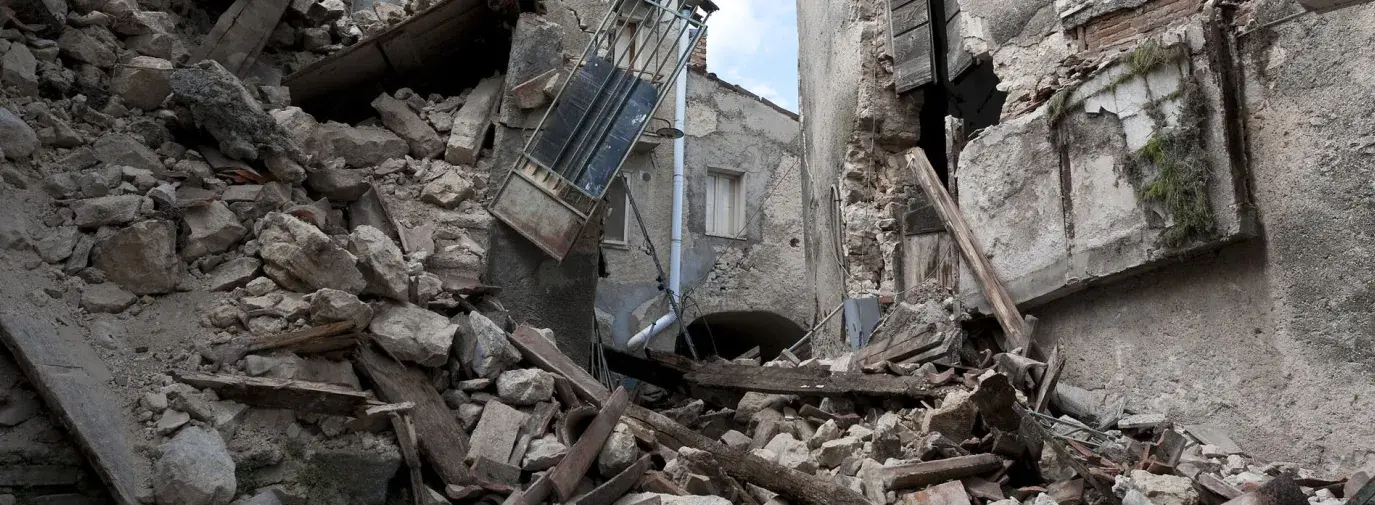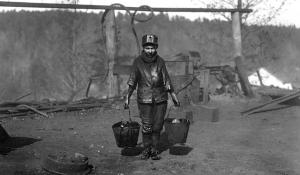
A small bit of light came out of Bangladesh today in the wake of the Rana Plaza building collapse that has to date killed at least 244 people—most of them garment factory workers making clothes for US retailers. The CBC reports that 40 people have been found alive, and local rescue workers hope that number will rise as their efforts continue.
Perhaps the worst part of this story is the fact that police had ordered the Rana Plaza building to be shuttered a day before the collapse, due to deep, dangerous-looking cracks in the building’s structure. But the garment factory owners on the fourth floor of the building ignored the police instructions and ordered their more than 2,000 workers back inside to sew.
According to the CBC, the fourth-floor garment factories made clothes for American retailers including Walmart, The Children’s Place, Dress Barn, and Benetton.
“Our deepest sympathies go out to the families of workers lost in this tragic event,” Kalpona Akter, executive director of the Bangladesh Center for Worker Solidarity, told our allies at the International Labor Rights Forum (ILRF). “It must be said, these tragedies can be prevented by multinational corporations like Walmart and Gap that operate in Bangladesh. Because of these companies’ negligence and willful ignorance, garment workers are in danger every day because of the unsafe working conditions. … The largest retailers in the world hold tremendous power to transform conditions for garment workers—mostly young women—in Bangladesh. Today’s news is yet another reminder that multinational companies must immediately sign onto and implement the Bangladesh Fire and Building Safety Agreement, a legally-binding program with worker representation and fair pricing for mandatory building repairs and renovations. This safety agreement is the first step toward ensuring no more lives are lost.”
Green America has joined with the Bangladesh Center for Worker Solidarity and the ILRF to call on US clothing companies to sign the Bangladesh Fire and Building Safety Agreement. Support our action asking Gap clothing to sign the agreement—which it had publicly promised to do but then reneged on that promise. 29 workers were killed at a Gap supplier garment factory in Bangladesh in 2010. Where Gap goes, other companies may follow to avoid public pressure.
Meanwhile, we’re urging Green Americans to direct their clothing budgets to responsible companies that are committed to protecting workers all across the supply chain. In our July/August 2012 issue of the Green American, we ranked some of the top choices as follows:
GOOD CHOICES: If you need something new in a pinch, perhaps for a gift, national retailers Hanna Andersson, Nau, Patagonia, and Eileen Fisher have made strong commitments to fair labor and environmental sustainability. Eileen Fisher, for example, makes more than a quarter of its products from eco-friendly fibers like organic cotton that’s certified less-toxic by Oeko-Tex and certified both less-toxic and made through fair labor by GOTS. (Click here to learn more about eco-fabrics and certifications.) Its Peruvian cotton products come via a supply chain that adheres to Fair Trade Federation standards. And it has a program to take back gently used Eileen Fisher clothing for resale.
BETTER CHOICES: Certified Green America Green Business Network (GBN) members go the extra mile to protect workers and the planet. ShariBe makes soft, lovely women’s clothing (in regular and plus sizes) from eco fabrics like organic cotton in sweatshop-free facilities in the USA. And Stay Vocal takes in used and remaindered T-shirts, prints sustainable-minded messages on them, and resells them (including a men’s large navy T-shirt in which 100 percent of the profits will support those most affected by the recent bombing in Boston). Go deeper, and you’ll find all of the clothing companies listed at GreenPages.org to be deep green throughout their operations. A purchase from a GBN member business supports the US economy at its best and greenest.
BEST CHOICES: Buying used saves precious resources, keeps old items out of landfills, and saves you money, making it the best option of all when it comes to restocking your wardrobe. In addition to resale clothing boutiques, secondhand stores like Goodwill, and garage sales, there are several options to help you buy used. One of my personal favorites is ThredUp.com. You can send them a bag of used children’s clothing (still in good shape), and the ThredUp staff will assess the clothing’s value and send you a percentage of the sale. You can find high-quality used items to buy on the site at garage-sale prices, as well. Adults in the market for new-to-them clothes can consult sites like Refashioner.com, DignSwap.com, Swapstyle.com, and more.
To find out everything you ever wanted to know about the problems with conventional clothes and how to find the best options, including more resources for buying used, check out the “Green Fashion” issue of the Green American. In fact, as a happy spring present, here’s a FREE link to the entire digital “Green Fashion” issue.
We also have our popular Guide to Ending Sweatshops for more on what you can do prevent labor abuses and support workers around the world.
To get the Green American regularly—in either digital or paper format, or both—join Green America here.






